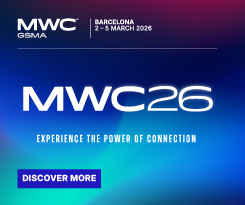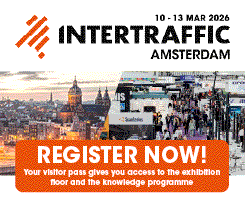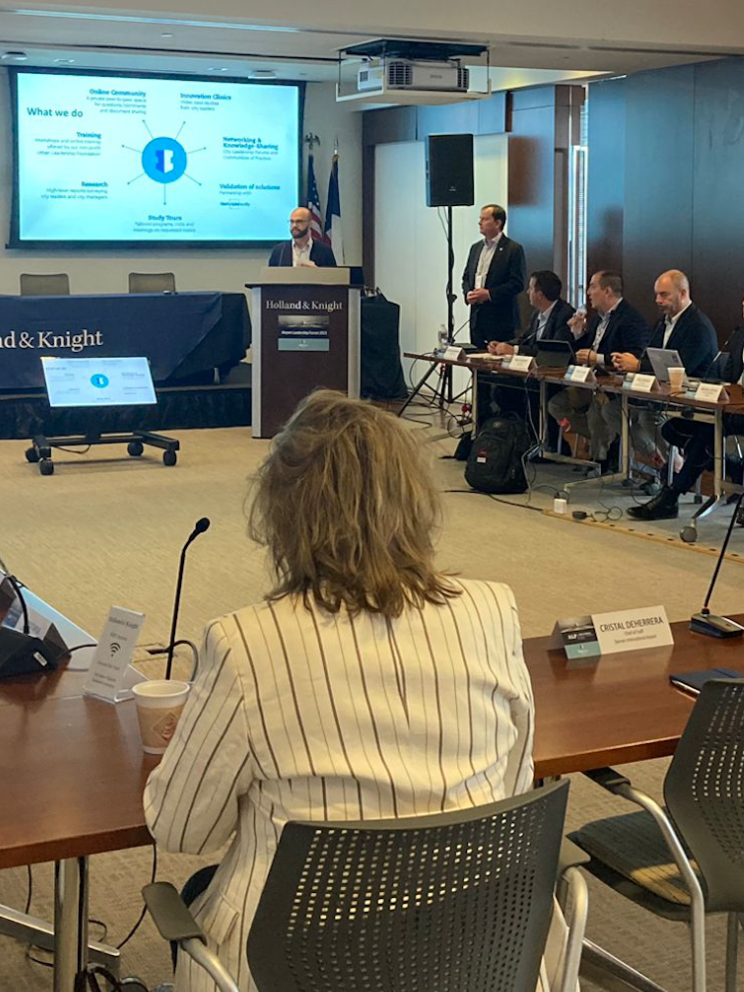
Photo: Screen-Shot-2015-08-05-at-09.15.21
Enabling smart cities with urban platforms
10 March 2016
by Jonathan Andrews
Andrew Collinge, Assistant Director, Intelligence and Analysis, Greater London Authority, and Norbert Koppenhagen, Vice President for Research & Innovation at SAP explain the need for an interoperability framework of open standard interfaces to escape the danger of ‘vendor lock-in’ and silos
In recent years, cities are looking increasingly towards ICT in order to address the issues stemming from their rapid growth, high environmental impact, inefficient use of energy, tremendous economic footprint and stagnating or even deteriorating living standards.
The deployment of ICT solutions in order to improve the efficiency and the environmental wellbeing of the different cities’ subsystems such as mobility, energy, e-government, health, water, waste and others, has given birth to the notion of so called smart cities and communities. It is widely believed that the so-created smart cities will improve the liveability and attractiveness of cities and communities for citizens. Via the increased efficiency and decreased environmental impact, they also contribute to the achievements of the ambitious EU environmental and energy targets.
In spite of the fact that the concept has existed for some years already, the progress so far seems slow, sporadic and inconsistent. There are a number of issues preventing smart cities from happening and reaching their full potential. Most of the initial smart city solutions have been limited to one domain (like transport or energy) and implemented on silo solutions thus preventing the possibility for cross-sector services and applications and skyrocketing the cost.

The initial solutions have been built in isolation and are often proprietary thus creating the danger of vendor lock-in. The danger of such vendor lock-in is scaring the cities and discouraging investment on their side. Due to the closed and non-standard nature of the programing interfaces, the applications and services that are being developed are non-portable (non-reusable elsewhere) thus keeping the price of such solutions prohibitively high and excluding SMEs and other small companies from the smart city market.
And cities and small companies are not the only ones suffering from the situation. Big companies also face difficulties selling their equipment and services to the hesitant and cash-strapped cities and are therefore contemplating freezing the development and marketing of such solutions.
The most efficient and future-proof way to address these issues is the creation of an interoperability framework of open standards and open interfaces which will define so called urban platforms. Urban platforms are software mediation layers that consists of a number of common functionalities based on open and in most cases widely used standards, and offers standard and open application programing interfaces towards the service/application providers, other platforms and the smart city sectors. These platforms can aggregate the data streams from the different sectorial systems and process and store the data and expose it in a structured standardised way to the application/services layer.
A number of platforms have been developed so far but due to the lack of a standards framework they are often proprietary and virtually never interoperable with other platforms, applications and services.
To address the issues and foster the development of an interoperability standards framework, the European Commission has created several initiatives meant to help remove the obstacles.Within the main smart cities instrument of the European Commission, namely the European Innovation Partnership on Smart Cities and Communities (EIP-SCC), an action sub-cluster on urban platforms has been created.
This sub-cluster brings together relevant stakeholders on the topic of urban platforms. First and foremost, these are the cities, otherwise known as the demand-side. As a first step, the demand side of the sub-cluster made an inventory of the urban platforms deployment situation in Europe via a representative survey. The results were clear–75 percent of the cities had no urban platform. The main reasons for this were poor knowledge of the landscape and lack of confidence by cities; the fact that the cities struggle to get different silos to work together so prohibiting action; and last but not least, budget constraints.
A number of platforms have been developed so far but due to the lack of a standards framework they are often proprietary and virtually never interoperable with other platforms, applications and services.

Based on these findings, a strong demand-side group led by the Greater London Authority and comprising cities of varied size and geographical spread interested in the development of next generation urban data platforms are hard at work to develop a set of vendor-neutral requirements based around using data to make a real difference to the lives of citizens.
The group is also seeking to gather relevant use cases and build a strong executive and political support in European cities. Another important task of the group is to work on motivating and accelerating the adoption of urban platforms based on open standards as well as smart cities services and applications. To that end they will also collaborate actively with industry to develop procurement templates based on industry standards to be used by the cities of Europe and beyond when procuring the technically complex state-of-the-art urban platforms and smart cities solutions. The group also have an important role to play in scrutinising the work of the industry led standardisation activities.
Apart from the city-led group, within the EIP SCC sub-cluster on urban platforms and with the active participation of the EIP-SCC leaders and community, the creation of an industry-led Memorandum of Understanding (MoU) on urban platforms has been fostered. Its members come from different industries and vary in size from small to industrial giants. The goals of the participants in this MoU are to:
- Work with cities to develop tailored operational frameworks (both for installation and servicing phases) based on different business models (e.g., own city infrastructure, cloud-based solution, etc.);
- Develop a set of principles and a joint reference architecture framework to enable interoperability, scalability and open interfaces to integrate different solutions;
- Develop a joint data and service ontology to be used by individual smart cities commercial products and solutions;
- Accelerate the adoption of the developed framework by standardisation bodies; and
- Comply with any joint standards and framework when developing individual smart cities commercial products and solutions.
To further help the standardisation process, the European Commission, via the Horizon 2020 programme, is also sponsoring a coordination and support action (CSA) called ESPRESSO, which in collaboration with the EIPSCC and the MoU and after a broad requirement-gathering consultation with the stakeholder community will work towards developing a standard framework as well as vocabularies and ontologies. This will help in the standardisation process by filling in the identified standardisation gaps.
The CSA is led by an experienced and influential standards organisation and has a broad-coverage consortium consisting of standards developing organisations, industry and cities. The duration of the action will be two years and it will be finalised by the market adoption of the defined standards and framework and clear definition of the next steps.
These initiatives and the large deployment of standards-based urban platforms aim to lead to the fulfilment of the ambitions of the participating organisations written down in the MoU:
- to create a strong EU smart city market for urban platforms by 2018; and
- to ensure that the market of 300 million residents of EU cities use urban platform(s) to manage their business with a city and that the city in turn drives efficiencies, insight and local innovation through the platform(s) by 2025.









